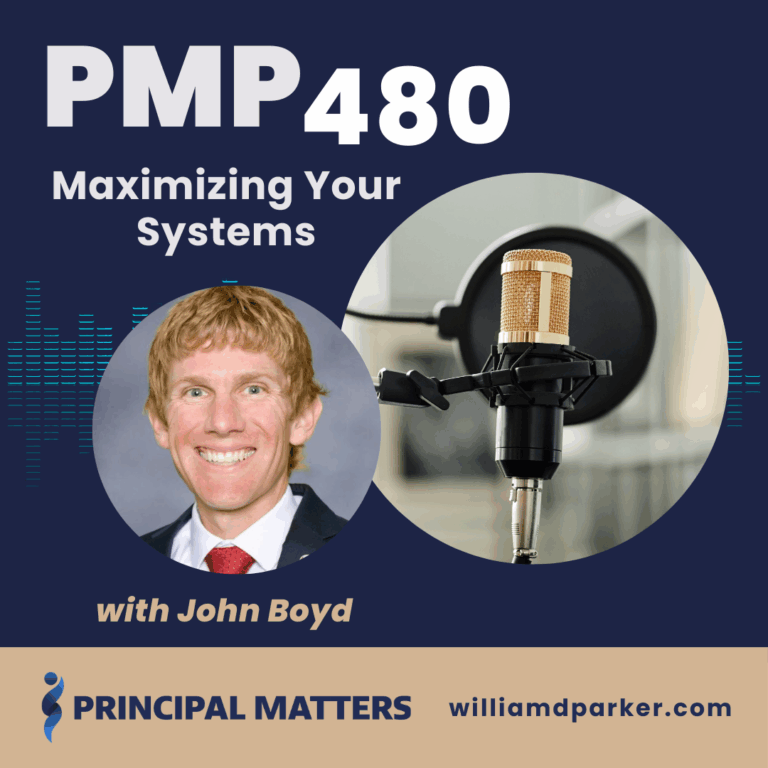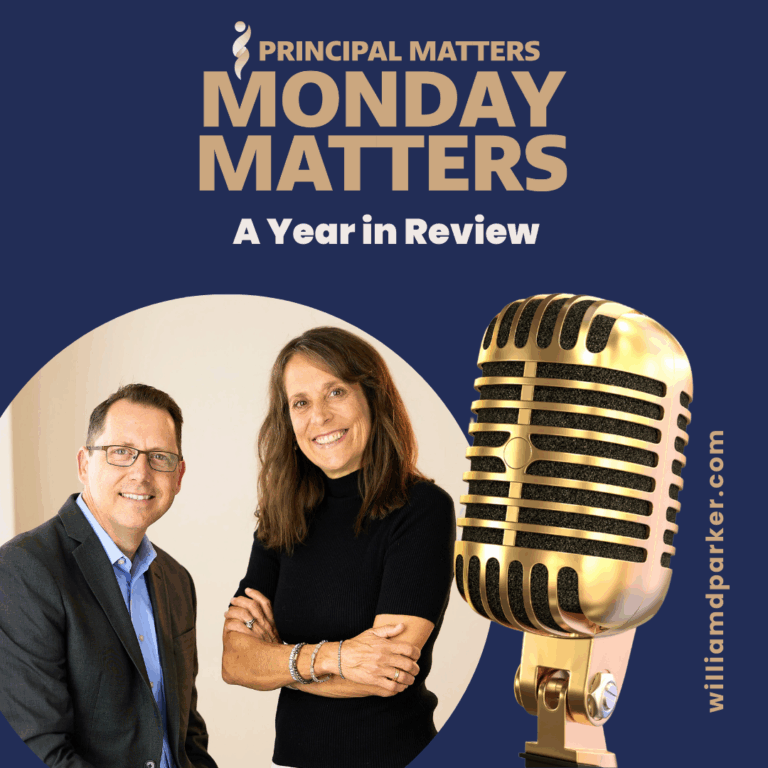One day I was visiting my family medical doctor, when a nurse asked me to follow her to another room.
She asked if I would unbutton my shirt so that she connect me to some small leads and do an electrocardiogram.
I was surprised since I thought this was just a routine physical. Perhaps she was aware of my family history, I thought. Or maybe the doctor recommended more information on my heart than his stethoscope could give. I wasn’t sure. So I just sat there and let her complete the test.
Afterwards, I heard the nurse talking to the doctor in the hall. “What do you mean you gave him a electrocardiogram?” he asked. “I think you have the wrong patient file. This is William Parker, not Wayne Parker.” After my routine physical was completed, I noticed I wasn’t charged for the procedure.
Sometimes doctors make mistakes–just part of the normal errors that happen in any business. Thankfully, my doctor’s office had made a small, harmless mistake. But sometimes medical professionals can make huge mistakes: When they fail to prescribe procedures or medicines that are in line with current research or neglect to collaborate with other specialists on best practices, the outcomes can be fatal. That kind of bad decision-making is defined as malpractice.
How Are Your School Practices?
Earlier this summer I had the privilege of hearing Richard DuFour speak at Solution Tree’s PLC event in Edmond, Oklahoma. Richard is a champion of the professional learning committee process, and the author of the best seller, In Praise of the American Educator—And How They Can Become Even Better.
During his presentation, he shared the story of his fight with cancer. When he was diagnosed with stage-four lung cancer, Richard began seeking treatment and support from various medical professionals leading to treatments in experimental medicine that has currently halted the progress of the cancer.
As he walked through the journey, he found guidance, resources, and treatments through the collaborative, professional efforts of some amazing medical professionals. He shared how the guiding principles from the Mayo Clinic Mission statement embodied the kind of care he received. Here are their guiding principles he shared:
• The needs of the patient comes first.
• We will meet those needs through unsurpassed collaboration.
• No one is big enough to work independently of others.
• The combined wisdom of one’s peers is greater than any individual.
• We will use a teamwork approach, share our insights, and take a continuous interest in each other’s growth.
Then Richard applied this question to the 1,000 educators listening to his story by suggesting we replace the word “patient” with “student”. Here’s what happens when the guiding principles are re-written as student-focused:
• The needs of the STUDENT comes first.
• We will meet those needs through unsurpassed collaboration.
• No one is big enough to work independently of others.
• The combined wisdom of one’s peers is greater than any individual.
• We will use a teamwork approach, share our insights, and take a continuous interest in each other’s growth.
When you see a list like that, it is obvious that helping students happens best in a community of collaboration. Here are some probing questions for self-reflection:
How is your team measuring up?
In what ways are you committing to unsurpassed collaboration?
Are you humbly accepting that you’re not big enough to work independently of others?
Are you providing times for combining wisdom among peers?
How are you teaching through teamwork, sharing your insights, and taking continuous interest in each other’s growth?
These questions raise awareness of where I need to grow. The good news is that I’m surrounded with others who are willing to keep improving too. As we work together with student-focused outcomes, we are so much more effective in providing the best care for them.
Conclusion
As Richard DuFour explained, if health professionals neglect their most important priorities, it is not simply selfish but is also called malpractice. As education professionals, if we neglect these priorities, what educational malpractice are we committing?
Now It’s Your Turn
We must work together to be most effective. As you think about the next season of school, what steps can you take to encourage the kind of collaboration, growth, teamwork, and community it takes to give students the highest quality of learning possible?
Sign-Up For Free Updates and Ebook
When you enter your email address here, you will automatically receive Principal Matter posts and a free Ebook, 8 Hats: Essential Roles for School Leaders. Let’s keep learning together!
Principal Matters Podcast
Check out audio versions of Principal Matters posts at iTunes. Rate PMP at iTunes; when you do, it makes it more visible to others!




